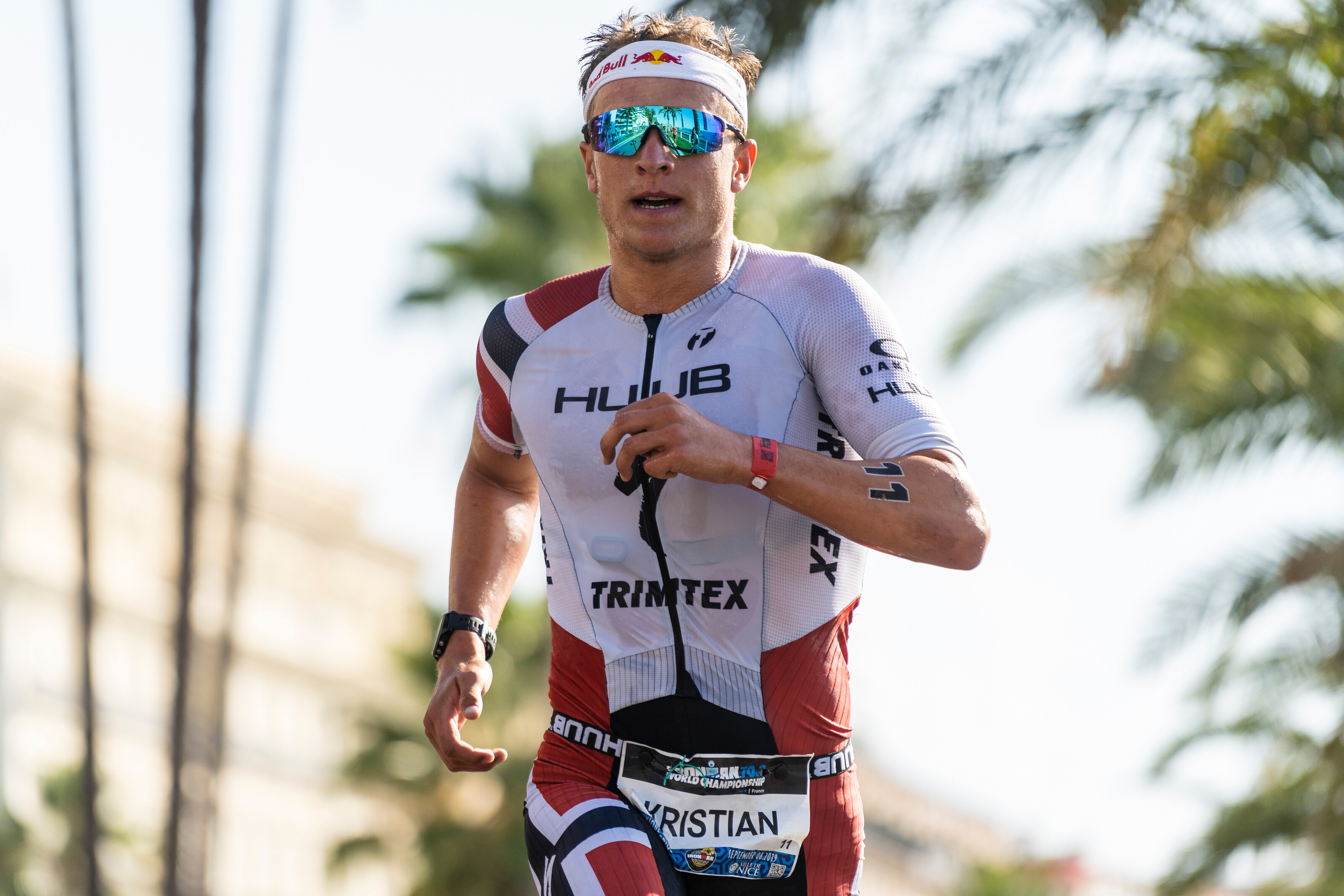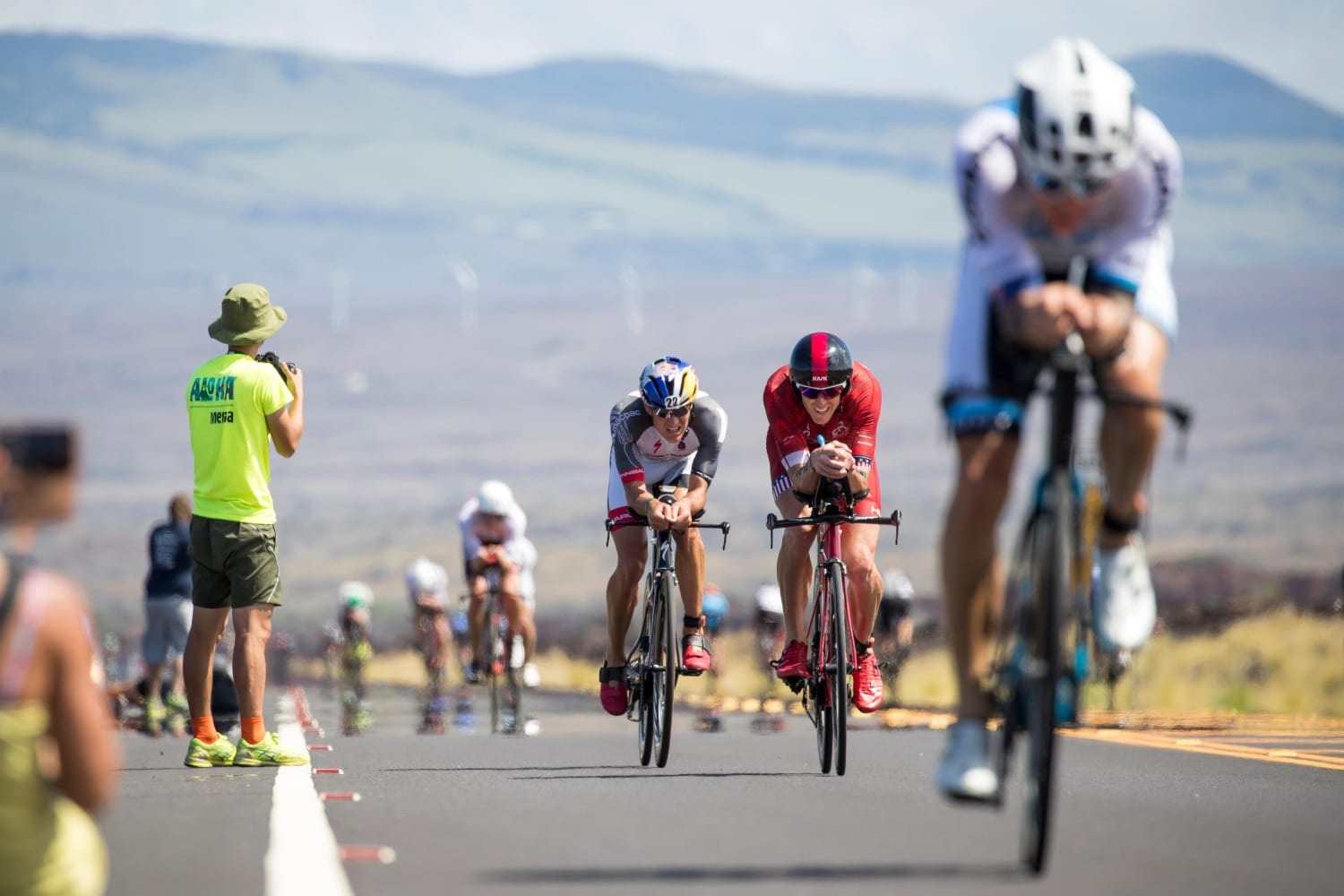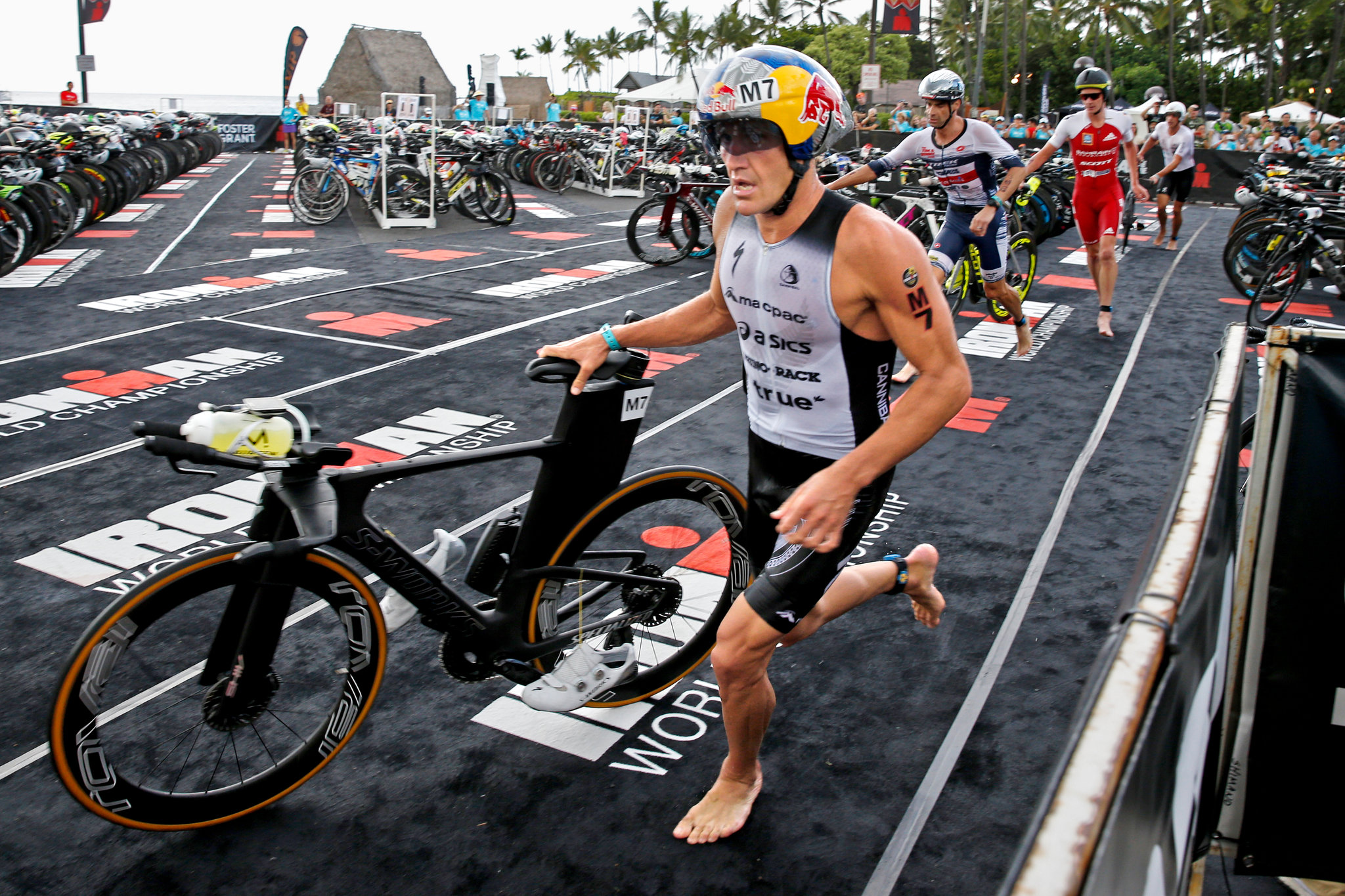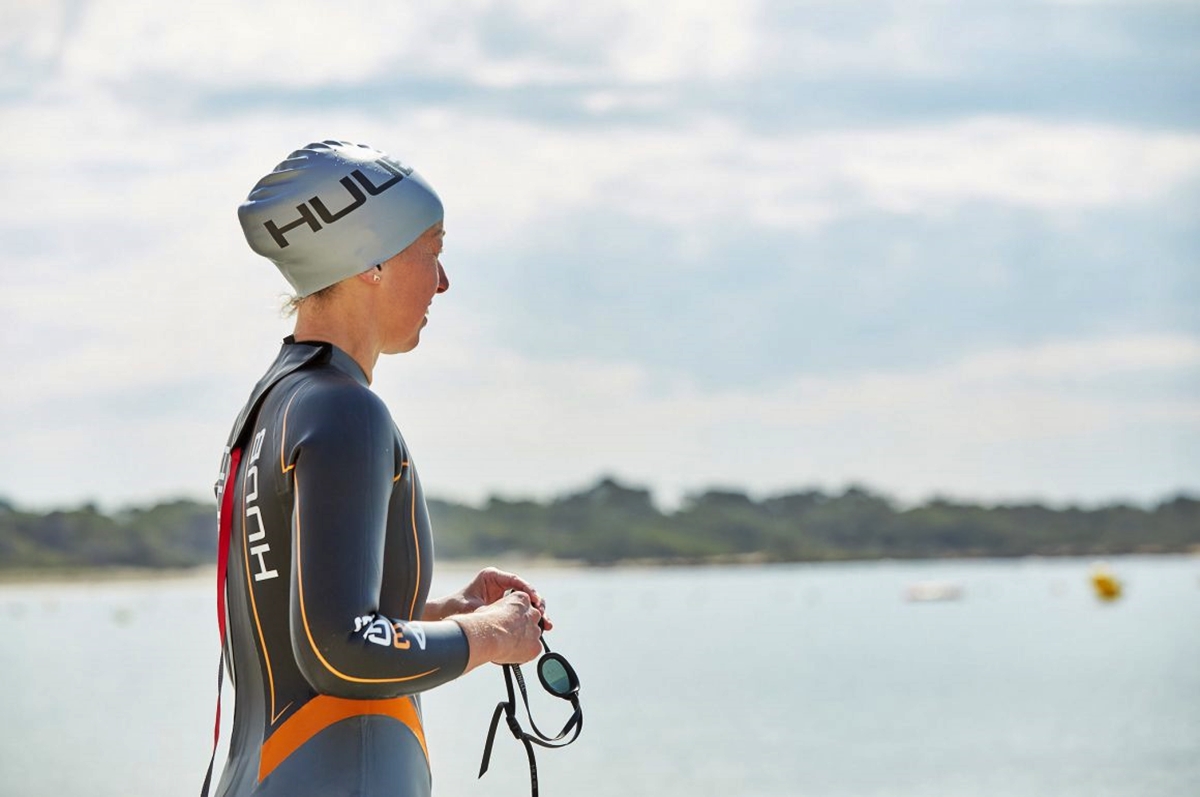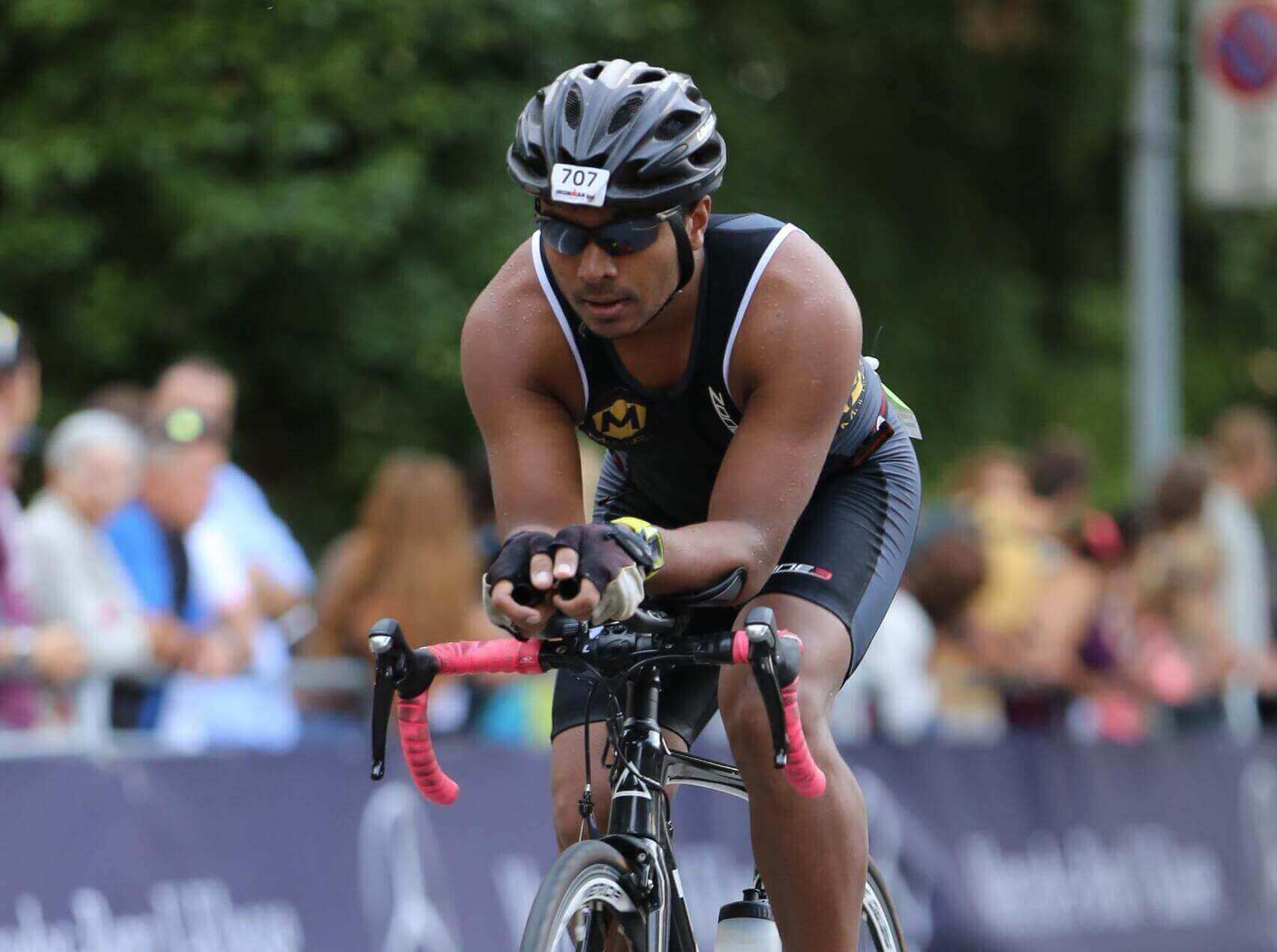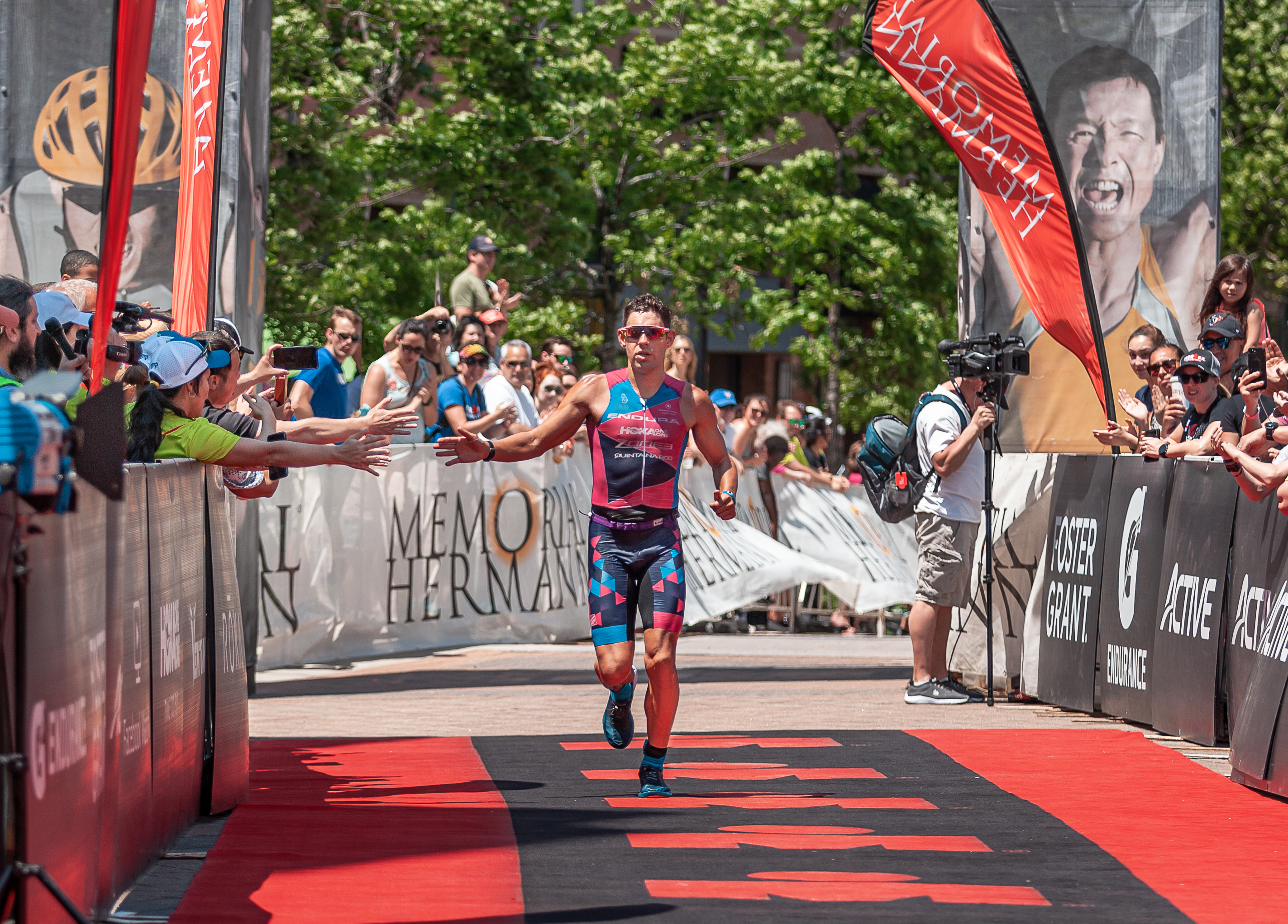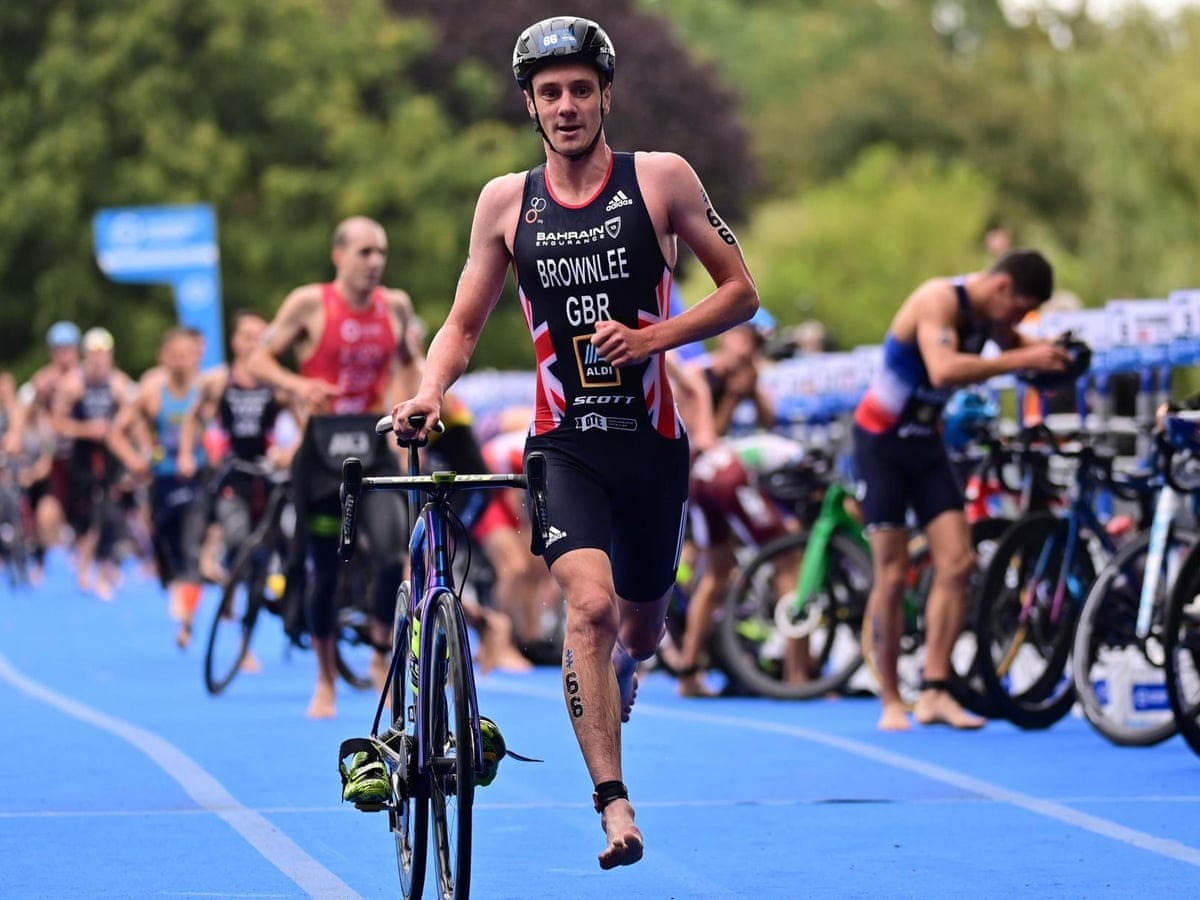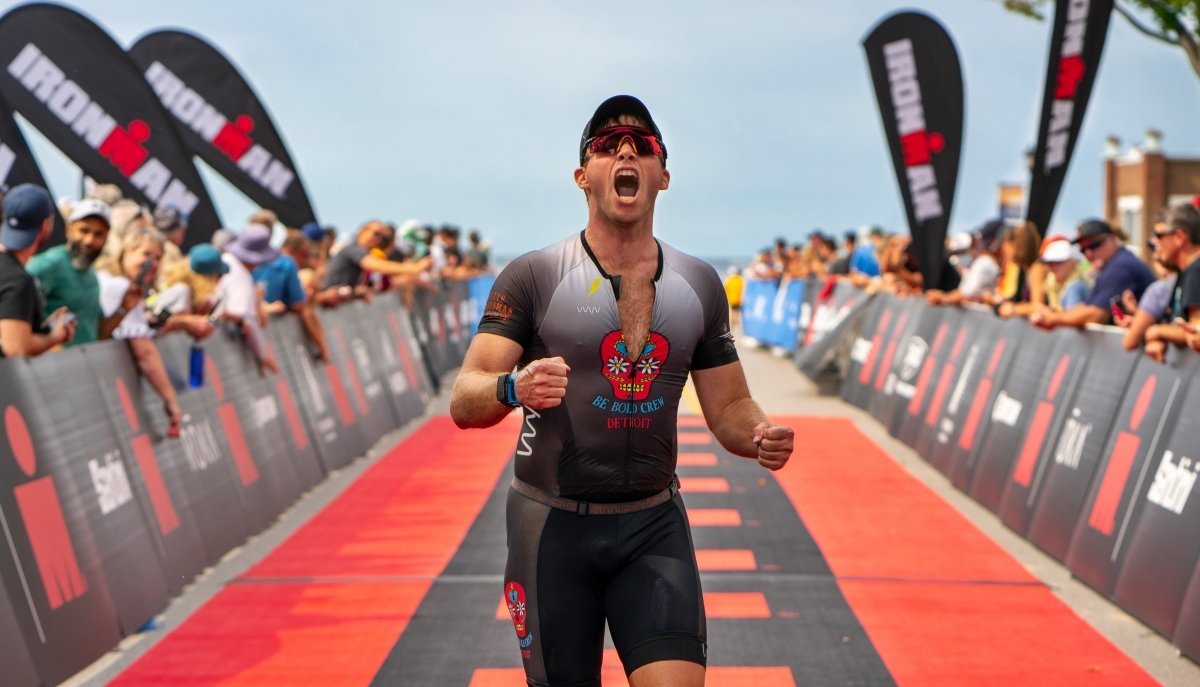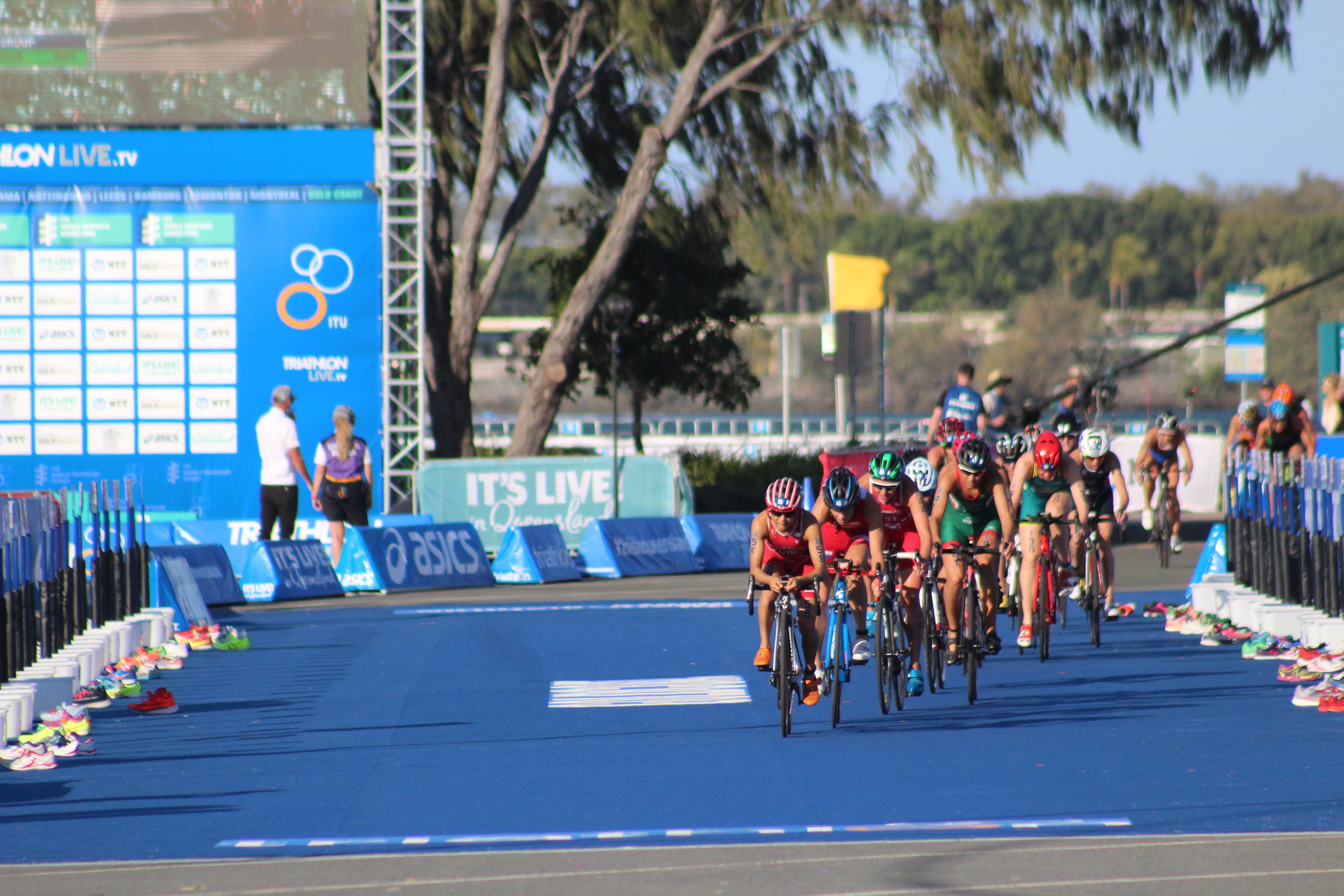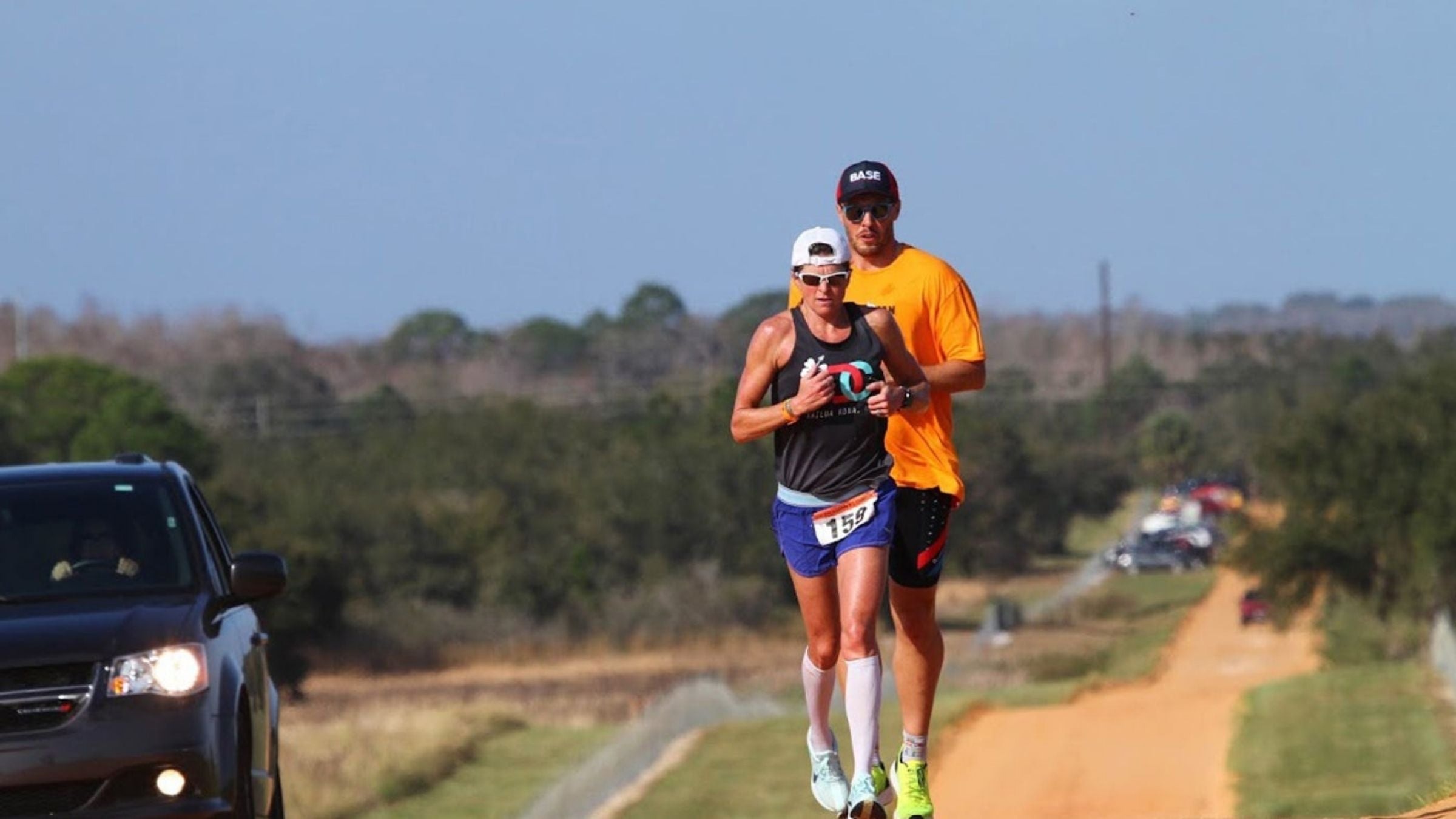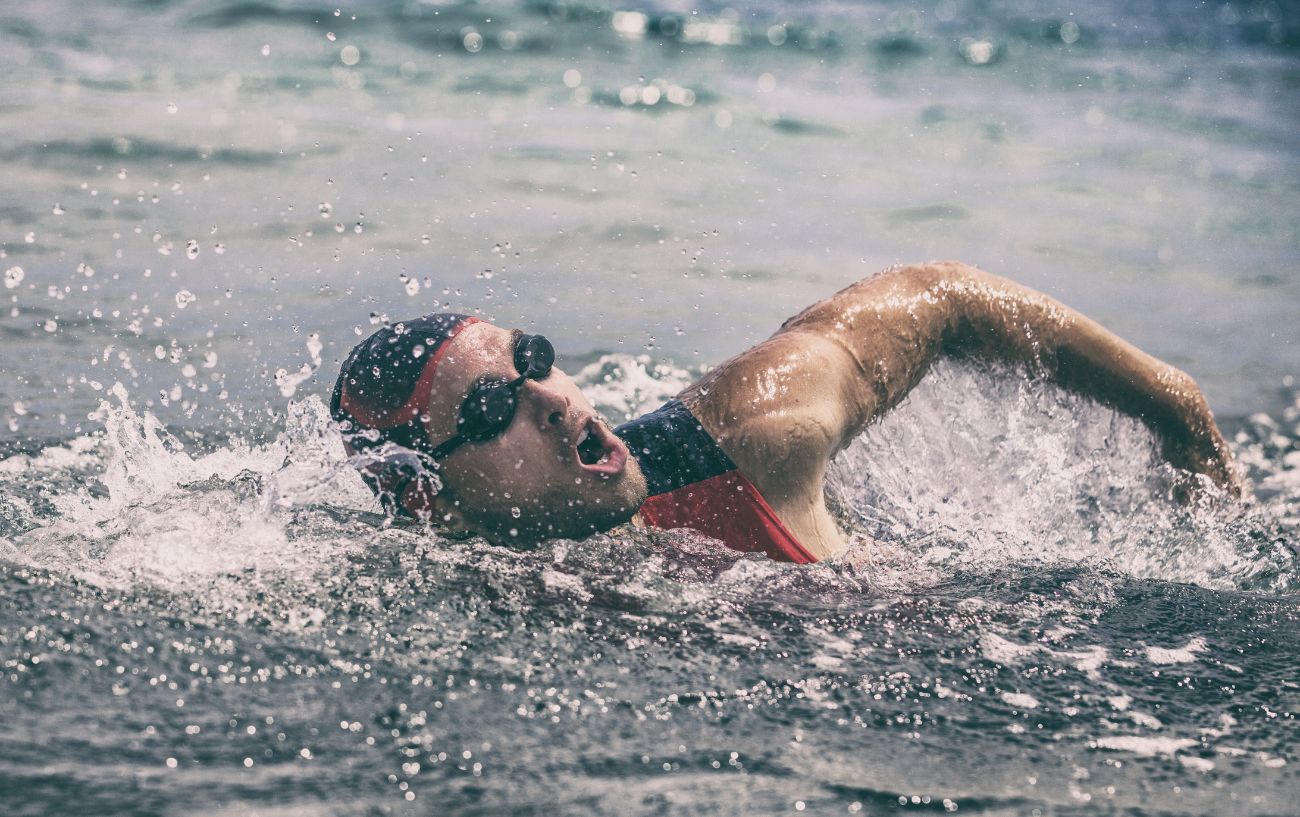

Featured
When Was The First Ironman Triathlon
Modified: January 2, 2024
Discover the origins of the popular Ironman Triathlon in our informative article. Learn when the first-ever event was held and how it has evolved over the years. Featured on our site!
Introduction
The Ironman Triathlon is one of the most grueling endurance events in the world, pushing athletes to their physical and mental limits. Consisting of a 2.4-mile swim, followed by a 112-mile bike ride, and culminating in a full marathon run of 26.2 miles, the Ironman Triathlon demands immense strength, stamina, and determination. The event has captivated athletes and spectators alike since its inception, becoming a symbol of extraordinary human achievement.
But have you ever wondered when the first Ironman Triathlon took place? How did this ultimate test of endurance come into existence? In this article, we will delve into the history of the Ironman Triathlon, exploring its origins, the inaugural event, and its subsequent impact and evolution.
From its humble beginnings on the Hawaiian island of Oahu to its global prominence today, the Ironman Triathlon has become a celebrated event that attracts athletes from all corners of the world. Its unique combination of swimming, cycling, and running showcases the indomitable human spirit, inspiring individuals to push beyond their limits and achieve the extraordinary.
So, let’s embark on a journey through time and discover the fascinating story behind the world’s toughest endurance race – the Ironman Triathlon.
Background of Ironman Triathlon
Before the inception of the Ironman Triathlon, there was a friendly debate among athletes about who among swimmers, cyclists, or runners was the fittest. This sparked the idea for a race that would test participants in all three disciplines and settle the debate once and for all.
During the 1970s, a group of athletes in Hawaii, including Navy Commander John Collins and his wife Judy, decided to create an event that combined the Waikiki Roughwater Swim, the Around-Oahu Bike Race, and the Honolulu Marathon. This fusion of three grueling endurance events would eventually be known as the Ironman Triathlon.
In 1978, the first Ironman Triathlon took place on the island of Oahu, attracting 15 brave athletes willing to take on this unprecedented challenge. The race quickly gained attention due to its unique format and the extreme physical demands it placed on participants.
While the original intention was to settle the debate of which athlete was the fittest, the Ironman Triathlon soon became much more than just a friendly competition. It became a symbol of human potential, capturing the hearts and minds of both athletes and spectators worldwide.
The race’s popularity grew rapidly, and more athletes started to view the Ironman Triathlon as the ultimate test of endurance. As a result, the founders realized the need to create a standardized event that could accommodate a larger number of participants and provide an equal opportunity for all.
Thus, the race moved to the Big Island of Hawaii, where it remains today. The new location offered a more challenging course, with rough ocean conditions, strong winds, and lava fields, further increasing the mental and physical demands on the athletes.
Over the years, the Ironman Triathlon gained recognition as the pinnacle of endurance racing, attracting professional athletes, amateurs, and even celebrities to test their limits. The race became a platform for individuals to prove their resilience, determination, and unwavering commitment to personal achievement.
Now that we understand the background of the Ironman Triathlon, let’s explore the birth of the very first event and the course on which it took place.
The Birth of Ironman Triathlon
The birth of the Ironman Triathlon can be traced back to February 18, 1978, on the island of Oahu, Hawaii. A total of 15 participants took on the challenge of swimming 2.4 miles, biking 112 miles, and running a full marathon distance of 26.2 miles, all in a single day.
The idea for the race originated from a debate among athletes about who was the fittest – swimmers, cyclists, or runners. Navy Commander John Collins and his wife Judy, along with their friends, set out to create an event that would test competitors in all three disciplines.
Originally dubbed the “Hawaiian Iron Man Triathlon,” the race was a combination of three existing endurance events – the Waikiki Roughwater Swim, the Around-Oahu Bike Race, and the Honolulu Marathon.
The inaugural Ironman Triathlon began at 7 a.m. on February 18, 1978, with the 2.4-mile swim in the rough waters of Waikiki Beach. Athletes then transitioned to the grueling 112-mile bike ride, which took them across the challenging and scenic roads of Oahu.
Finally, the participants embarked on the ultimate test of endurance – the marathon run. They covered a full 26.2 miles through the streets of Honolulu, battling exhaustion and mental fatigue. The finish line was located at the famous Moana Hotel, where the athletes were greeted with a sense of accomplishment and a sense of pride.
Gordon Haller, a naval officer, emerged victorious as the first-ever Ironman Triathlon champion, completing the course in a time of 11 hours, 46 minutes, and 58 seconds. The event captured the imagination of sports enthusiasts, paving the way for the future of endurance racing.
Originally considered an event for mere personal challenge and bragging rights, the success of the first Ironman Triathlon opened doors for the establishment of an annual competition. The commitment and determination displayed by the participants sparked a global interest in testing one’s limits and pushing beyond boundaries, giving birth to a new era of endurance sports.
Now let’s explore the details of the course that set the stage for this iconic event.
The First Ironman Triathlon Course
The course for the first Ironman Triathlon, which took place on the island of Oahu in 1978, showcased the natural beauty and challenging terrain of the Hawaiian landscape. The three disciplines – swimming, cycling, and running – presented unique obstacles and tested the endurance of the participants.
The race began with a 2.4-mile swim in the Pacific Ocean, starting from Waikiki Beach. The athletes braved the choppy waters and unpredictable currents as they navigated the course. The swim portion of the race provided a thrilling start, setting the tone for the grueling challenge that lay ahead.
Following the swim, the athletes transitioned to the 112-mile bike ride, which took them on a scenic journey around the island. The bike course included challenging climbs and descents, as well as stretches of open road where the athletes could build speed. The changing landscapes, from lush forests to rugged coastlines, added to the physical and mental demands of the race.
Finally, the participants tackled the marathon run, covering the iconic 26.2-mile distance. The run course began in downtown Honolulu and took the athletes through various neighborhoods and scenic areas. A highlight of the course was the climb up and around Diamond Head, a volcanic cone and renowned landmark. The runners faced the relentless sun and fatigue as they pushed themselves toward the finish line.
The combination of the swim, bike, and run sections on the inaugural course created a true test of athleticism and endurance. The weather conditions, challenging terrain, and the sheer distance made it a monumental undertaking for the 15 participants who dared to attempt it.
Over the years, the Ironman Triathlon course evolved and adapted to different locations, each with its own unique characteristics. The race has embraced various challenging terrains, from deserts to mountain ranges, providing a diverse and exciting experience for participants around the world.
As the event grew in popularity, the Ironman World Championship was established on the Big Island of Hawaii, featuring the legendary Kona course. This course has become synonymous with the Ironman Triathlon, known for its intense heat, strong winds, and lava fields, which test the endurance and mental fortitude of even the most seasoned athletes.
Now that we have delved into the details of the first Ironman Triathlon course, let’s explore the participants and their impressive achievements in the inaugural event.
The Participants and Results of the First Ironman Triathlon
The first Ironman Triathlon, held on February 18, 1978, attracted a total of 15 participants who were willing to take on the ultimate test of endurance. These individuals, ranging from experienced athletes to those seeking a personal challenge, showcased remarkable determination and grit throughout the grueling race.
Among the participants was Gordon Haller, a naval officer who emerged as the champion of the inaugural event. Haller completed the course in a time of 11 hours, 46 minutes, and 58 seconds, etching his name in the history books as the first Ironman Triathlon winner.
John Dunbar, a young cyclist, finished in second place with a time of 12 hours, 20 minutes, and 26 seconds. His tenacity and strength in the biking segment propelled him to a remarkable performance.
Dave Orlowski secured the third position, crossing the finish line in 12 hours, 21 minutes, and 17 seconds. Orlowski is credited with being the first athlete to transition from swimming to running without taking an extended break, displaying impressive mental and physical stamina.
The remaining participants, including athletes like Tom Warren, Hank Grundman, and Robin Beck, all conquered the challenging course and left their mark on the history of the Ironman Triathlon.
It is worth mentioning that the spirit of camaraderie and support among the participants was remarkable. They motivated and encouraged each other throughout the race, fostering a sense of community that still exists within the Ironman Triathlon to this day.
The first Ironman Triathlon not only showcased the incredible achievements of the participants but also set the stage for future generations of athletes. It ignited the passion for endurance sports and paved the way for the growth and development of the sport.
Since then, the Ironman Triathlon has become a global phenomenon, attracting thousands of athletes from around the world who strive to test their limits and achieve their personal best. The event continues to inspire individuals to challenge themselves physically and mentally, proving that with dedication and determination, extraordinary feats can be accomplished.
Now that we have explored the participants and results of the first Ironman Triathlon, let’s delve into the impact and evolution of this iconic endurance race.
Impact and Evolution of Ironman Triathlon
The Ironman Triathlon has had a profound impact on the world of endurance sports, inspiring countless individuals to push their limits and embrace the pursuit of extraordinary physical and mental achievements.
Since its inception in 1978, the Ironman Triathlon has grown exponentially in terms of participation, global recognition, and cultural significance. The race has expanded beyond its Hawaiian roots and now includes events in various locations around the world, offering athletes from different continents the opportunity to challenge themselves in this ultimate test of endurance.
One of the major milestones in the evolution of the Ironman Triathlon was the establishment of the Ironman World Championship on the Big Island of Hawaii. This prestigious event, held annually since 1978, has become the pinnacle of the sport, attracting top professional triathletes from all over the world.
The Ironman World Championship is renowned for its demanding course, featuring the iconic Kona course with its extreme weather conditions, including scorching heat and powerful winds. Making it to the starting line of this legendary race is a lifelong dream for many triathletes, showcasing the profound impact the event has had on the sport.
Beyond the professional realm, the Ironman Triathlon has also become a symbol of personal achievement and transformation for amateur athletes. It provides individuals with the opportunity to set ambitious goals, train diligently, and ultimately cross the finish line, many achieving what they once thought was impossible.
In addition to the physical and mental challenges the race presents, the Ironman Triathlon has also had a positive impact on local communities and economies. Host cities and towns benefit from increased tourism, as athletes, their families, and spectators converge to witness this extraordinary event.
Furthermore, the Ironman Triathlon has created a close-knit community of athletes, coaches, volunteers, and spectators who support and encourage each other. The sense of camaraderie and shared experiences fostered within the Ironman community is truly remarkable, creating lifelong friendships and a supportive network for aspiring and seasoned athletes alike.
The evolution of the Ironman Triathlon has not only sparked innovation in endurance sports but has also inspired the creation of shorter-distance triathlons, making the sport more accessible to a wider range of athletes. This inclusivity has further contributed to the growth and popularity of the sport on both amateur and professional levels.
As the Ironman Triathlon continues to evolve, it remains a symbol of human potential and perseverance. Athletes who participate in these events demonstrate to themselves and the world that with dedication, commitment, and passion, extraordinary achievements are within reach.
The impact of the Ironman Triathlon reaches far beyond the athletic realm. It serves as a beacon of inspiration, motivating individuals to embrace challenges, overcome obstacles, and strive for greatness in all aspects of life.
Now that we have explored the impact and evolution of the Ironman Triathlon, we can truly appreciate the significance of this incredible endurance race.
Conclusion
The Ironman Triathlon has revolutionized the world of endurance sports, captivating athletes and spectators with its extraordinary challenges and inspiring stories of human achievement. From its humble beginnings on the island of Oahu in 1978, this iconic race has grown into a global phenomenon that pushes athletes to their limits and encourages them to go beyond what they thought was possible.
The birth of the Ironman Triathlon settled the long-standing debate of who was the fittest among swimmers, cyclists, and runners. It gave birth to a race that combined all three disciplines, creating a true test of physical and mental endurance.
Over the years, the Ironman Triathlon has evolved and expanded, attracting athletes from all walks of life, whether they are professionals or amateurs seeking personal challenges. The establishment of the Ironman World Championship on the Big Island of Hawaii solidified the race’s status as the pinnacle of the sport, inspiring athletes to strive for the opportunity to compete on this legendary course.
Not only has the Ironman Triathlon impacted the world of endurance sports, but it has also left a lasting impression on local communities, economies, and participants themselves. The race has fostered a supportive and vibrant community of athletes, coaches, and volunteers who share a passion for pushing boundaries and achieving greatness.
As the Ironman Triathlon continues to evolve and inspire, it serves as a testament to the indomitable spirit of human potential. It reminds us that with dedication, perseverance, and unwavering determination, extraordinary feats can be accomplished, both on and off the race course.
So, whether you are an aspiring athlete looking to test your limits or a spectator marveling at the incredible achievements of these athletes, the Ironman Triathlon serves as a beacon of inspiration and a reminder that the human spirit knows no bounds.
Let the legacy of the Ironman Triathlon motivate us all to push beyond our limits, defy expectations, and embrace the pursuit of greatness in every aspect of our lives.
